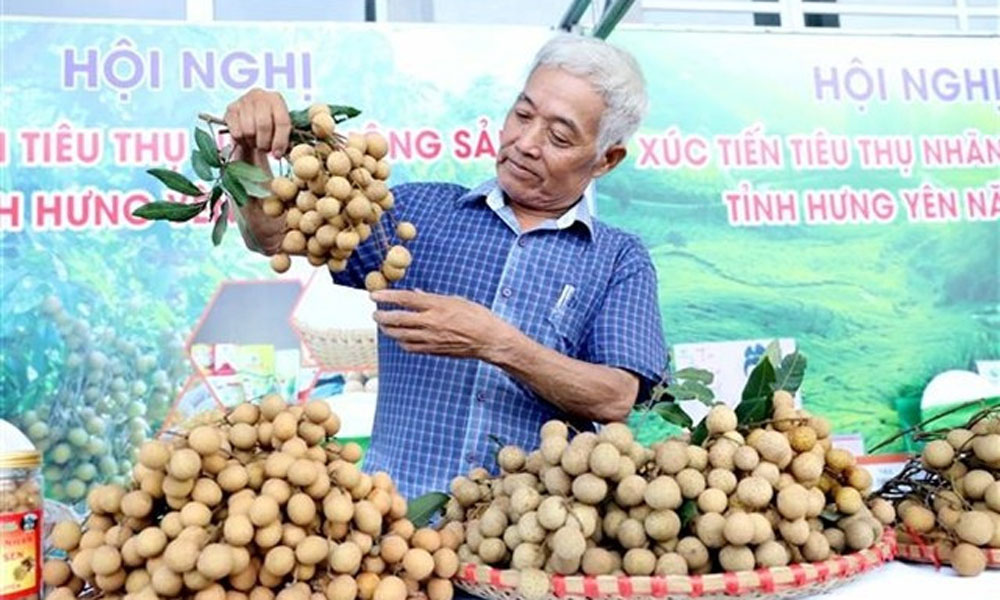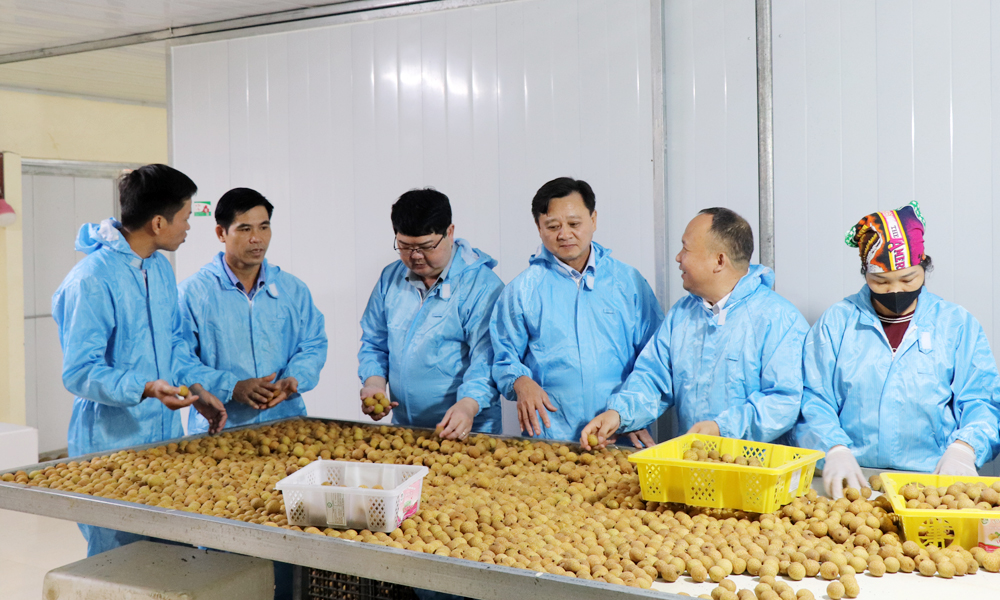Vietnamese fruit sales thrive in China's booming market
In late August, hundreds of container trucks carrying fresh fruit from Viet Nam’s key growing regions have lined up at the Huu Nghi International Border Gate, completing customs procedures for export to China.
The trading atmosphere between the two countries has been vibrant, with durian, dragon fruit, jackfruit, mango, and passion fruit increasingly popular among Chinese consumers and businesses.
 |
|
Many types of Vietnamese fruits such as durian, passion fruit are sold at the Youyi Guan, China. |
According to the Ministry of Agriculture and Environment, Viet Nam’s fruit and vegetable exports in the first seven months of this year were estimated at 3.92 billion USD, up 0.9% year-on-year.
China remains Viet Nam’s largest fruit and vegetable importer, accounting for about 52.6% of the total export value. The strongest growth was recorded with durian sales, followed by dragon fruit, jackfruit, watermelon and banana.
One of the key reasons behind Viet Nam’s success in the Chinese market lies in the quality and diversity of its produce. Vietnamese durian is appreciated for its rich flavour and competitive prices, while dragon fruit, jackfruit and mango have become familiar products in supermarkets and wholesale markets across Guangxi, Guangdong, Shanghai and Beijing.
Beyond fresh consumption, many Chinese enterprises have also begun processing Vietnamese fruit on a large scale.
After import, Vietnamese durian and mango are transported directly to freezing facilities in Pingxiang city, just a few dozen kilometres from the border. Here, the fruits are separated, vacuum-packed, or processed into confectionery, ice cream and other value-added products.
Pingxiang is gradually emerging as a hub for the transit and processing of imported Vietnamese fruit. The growing number of cold storage facilities, sorting plants and packaging factories has turned the city into a gateway for Vietnamese fruit to penetrate deeper into China’s domestic market, while also enabling re-export to other countries.
China’s growing demand offers a great opportunity for Vietnamese agriculture to enhance the value and branding of its produce. Unlike in the past, when most fruit entered through unofficial channels, the majority are now exported officially under bilateral protocols.
This marks a significant step forward, allowing Vietnamese fruit to access supermarket chains, shopping centres and major retail systems directly.
With a population of over 1.4 billion and an annual fruit import volume of millions of tonnes from across the world, China represents an enormous market.
Thanks to geographical proximity, low transportation costs and diverse harvest seasons, Viet Nam is well positioned to maintain its role as a key supplier to this market.
 Bắc Ninh
Bắc Ninh

.jpg)










Reader's comments (0)